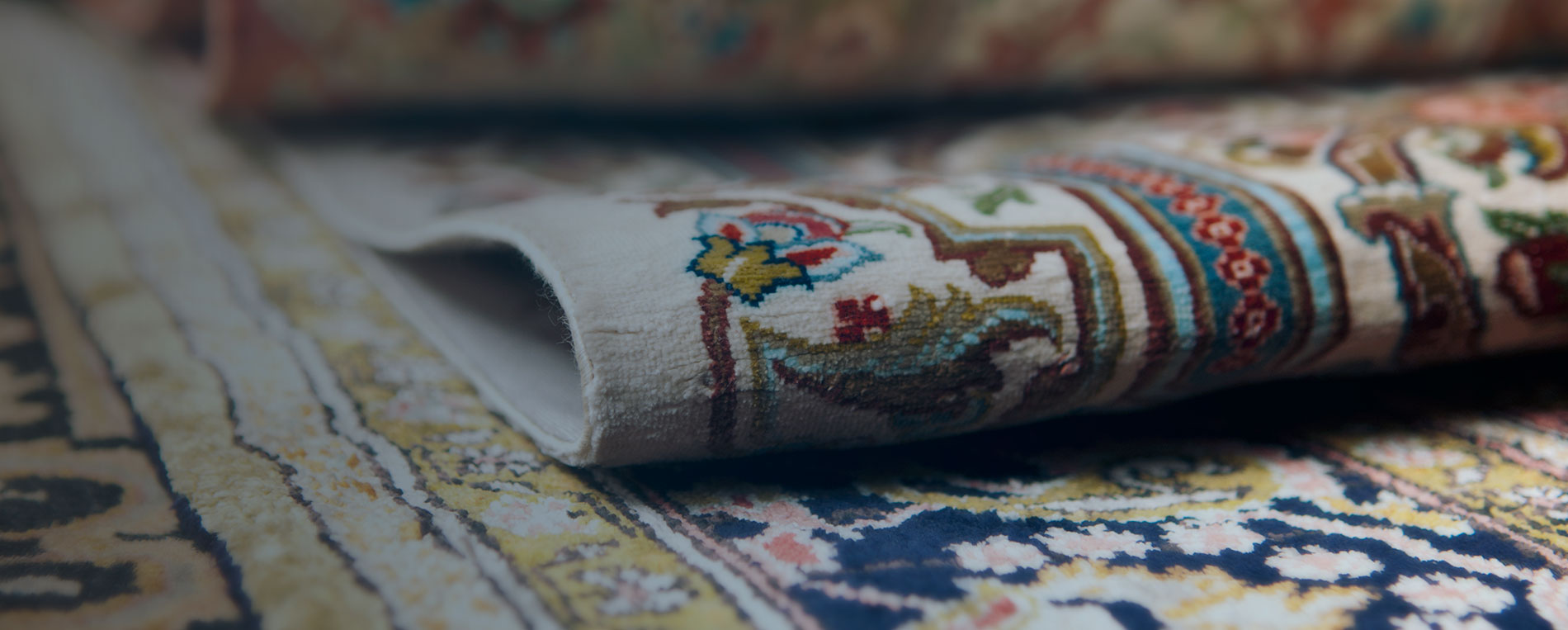
The growth of mold is a common occurrence in both residences and offices
It all depends on the area you live in and the interior temperature. Air carries several mold spores and all they need is a little moisture and dust to feed on. Soon they begin to thrive and wreck havoc on your carpet. If the basement or underground area is carpeted, the risk is much higher than ever. Molds invite allergic responses and aggravate the risk of conditions like hay fever, asthma, dermatitis, runny nose and red eyes among others. Pay close attention to mold damage, clean up and repair and steer clear of them by simply following the below pointers –
- Mold inspection is the first step as it is not easy to identify them unless they’ve grown extensively. If it is visible, in a rare case, or if the carpet has been wet for a long time due to flooding or any other reason, it is best to dispose the carpet. If not, check to see if there is a strong smell, stain or discoloration on the carpet. These are all potential signs of mold growth.
- Mold removal is the next aspect and small growth can be quickly dealt with using steam cleaning techniques. Strong cleaning agents should be tested before use. If you are not too particular about aesthetics, then a section of the moldy carpet can be replaced with a similar patch of carpet, but this works only if the mold hasn’t spread too far.
- Although timely mold remediation helps to a large extent, prevention is the best way forward. The first step is to control indoor moisture and use carpets only in areas where humidity is relatively less. Good quality carpet padding is very helpful as well.

